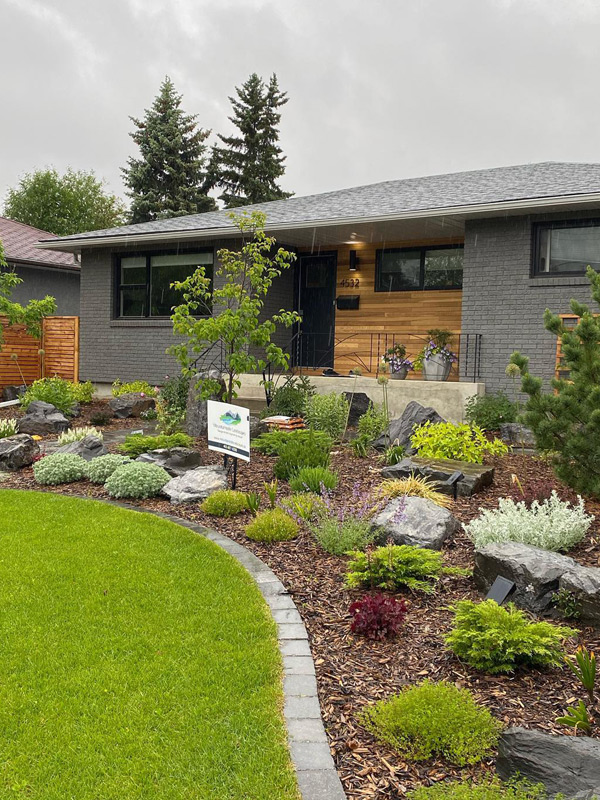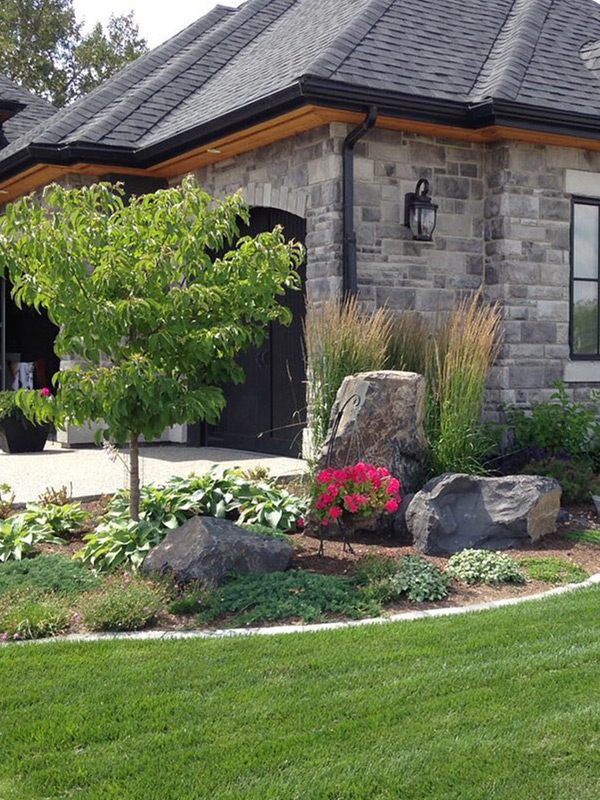Gardening is a rewarding hobby that can provide a sense of satisfaction and connection to the earth. However, to create a successful garden, planning is key. Knowing the best time to start planning your garden can make a big difference in the outcome of your efforts. In this blog article, we’ll explore the best time to start planning your garden.
- Consider Your Climate
The first thing to consider when planning your garden is your climate. Your climate will affect what you can grow and when you should start planting. If you live in a cold climate, you will need to wait until after the last frost to start planting. If you live in a warm climate, you may be able to start planting earlier in the year.
- Plan Your Garden Layout
The next step is to plan your garden layout. This involves deciding what you want to grow and where you want to plant it. Consider the amount of space you have available and the amount of sunlight each area of your garden receives.
Draw out your garden plan on paper or use a garden planner app to help you visualize the layout. This will help you determine the number of plants you can grow, how much space each plant needs, and how to arrange them for optimal growth.
- Research Your Plants
Before you start planting, research the plants you want to grow. Each plant has different requirements for soil, water, sunlight, and temperature. Make sure you choose plants that are well-suited to your climate and the conditions in your garden.
Consider the maturity time of your plants and plan your planting accordingly. Some plants take longer to mature than others, so you’ll need to plan accordingly. You may also want to choose plants that complement each other in terms of their growing requirements, such as planting shade-loving plants under taller plants.
- Start Seeds Indoors
Starting seeds indoors can give you a head start on your garden. This is especially important if you live in a cold climate with a short growing season. Starting your seeds indoors allows you to get your plants growing while the weather is still too cold outside.
To start seeds indoors, you will need to purchase seed trays, seed starting mix, and grow lights. Follow the planting instructions on the seed packets and keep the trays in a warm, sunny area. Once your seedlings have grown large enough, you can transplant them outside.
- Prepare Your Soil
Good soil is essential for a healthy garden. Before you start planting, you should prepare your soil. Remove any weeds and debris from your garden bed and add compost or other organic matter to enrich the soil.
You may also need to test your soil to determine its pH level and nutrient content. Depending on the results, you may need to add amendments to balance the pH level and provide the necessary nutrients for healthy plant growth.
- Create a Garden Schedule
Creating a garden schedule can help you stay organized and ensure that your plants are growing at the right time. Your garden schedule should include important dates, such as when to start seeds, when to plant outdoors, and when to harvest.
Your schedule should also include regular maintenance tasks, such as watering, fertilizing, and pruning. This will help you keep your garden healthy and productive throughout the growing season.
- Start Planning Early
The best time to start planning your garden is early. Planning early allows you to research your plants, choose the right ones for your climate, and create a garden plan that maximizes your space and resources.
Starting early also gives you time to prepare your soil, start your seeds indoors, and create a garden schedule. By starting early, you can ensure that your garden is healthy and productive throughout the growing season.
In conclusion, the best time to start planning your garden is early. Consider your climate, plan your garden layout, research your plants, start seeds indoors and you will have the best chance for a successful garden.





